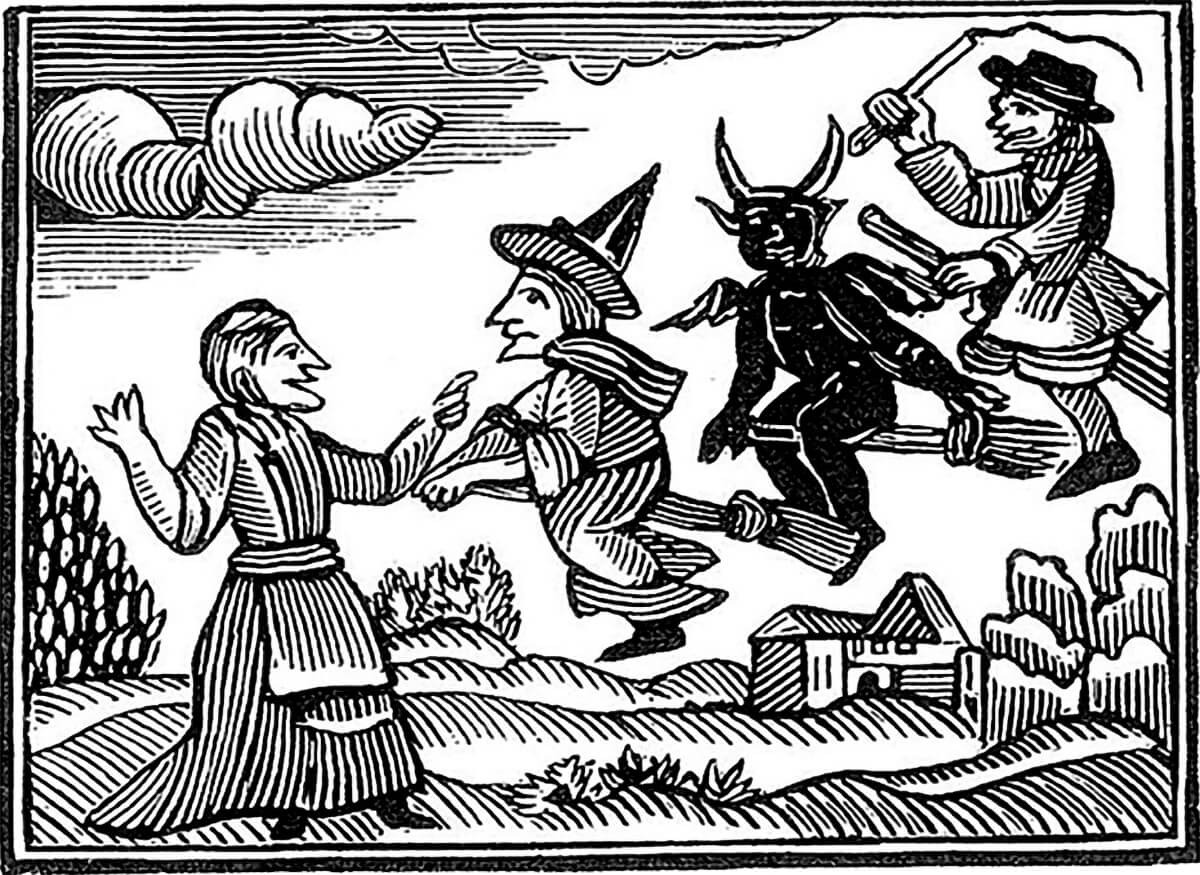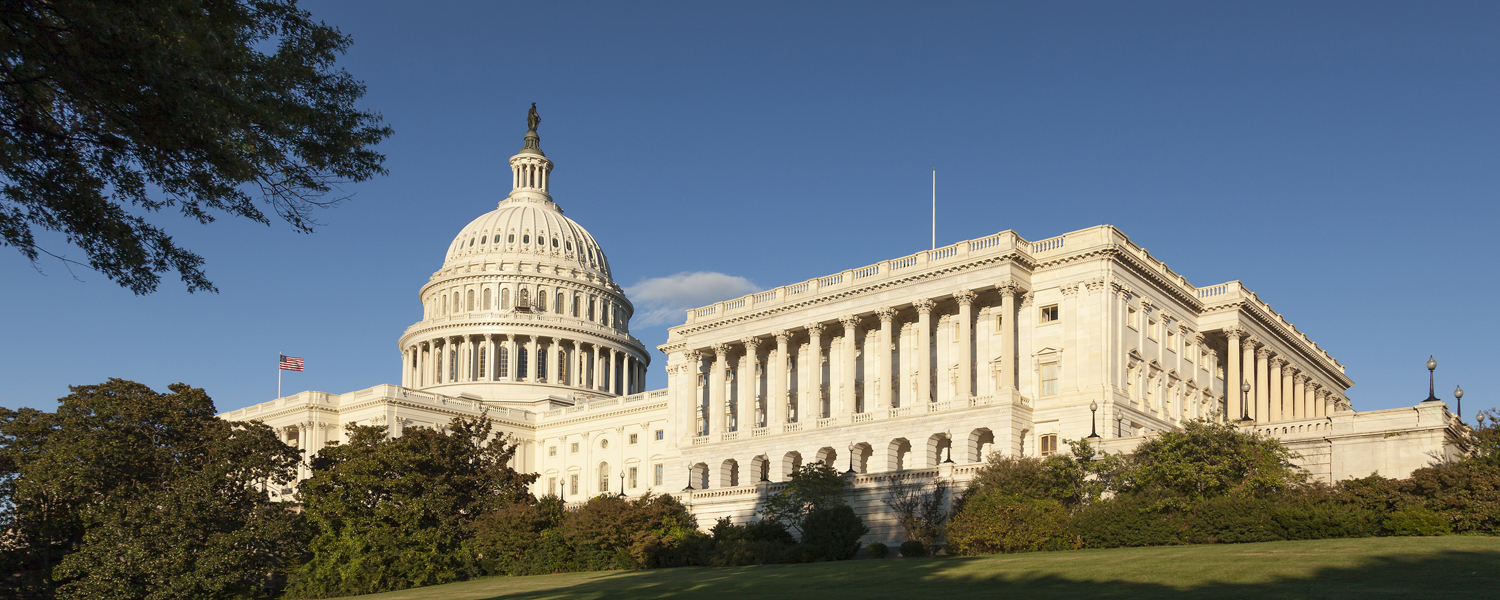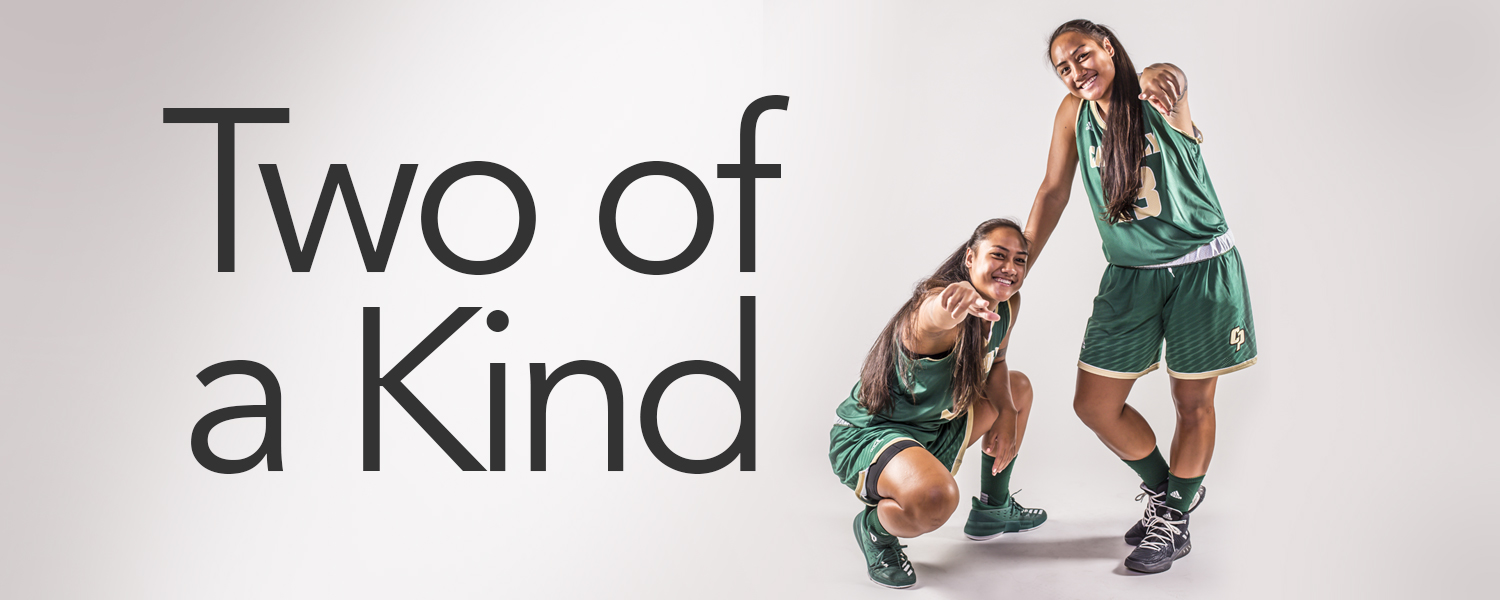Course Description
HIST 306: The Witch Hunts in Europe
By Robyn Kontra Tanner

A Cal Poly history course examining witch hunts looks back on a painful past while holding a mirror up to today’s injustices.
With the chime of Cal Poly’s melodic bells, a packed classroom prepares for a two-hour trip back in time to examine one of history’s most grave tragedies: the witch hunts that plagued Europe from 1400-1800.
History Professor Paul Hiltpold pioneered the class in the mid-1990s as a way to satisfy one of Cal Poly’s general education requirements with a multidisciplinary, writing-intensive course heavily focused on examining primary sources. Today, students majoring in everything from biology to business form lengthy wait lists to claim a seat in the class thanks to its reputation for thought-provoking discussions and eerie parallels to current events.

The most basic question that the course poses is: Why were 40,000 people — a minimum estimated death toll for the hunts — legally executed for a crime that most people in the 21st century consider imaginary?
“Almost everyone in the early modern period of European history, including university professors and popes and farmers and seamstresses, believed in the reality of a vast diabolical conspiracy of flying cannibals who had to be exterminated,” explained Hiltpold.
While the events took place hundreds of years ago, students in the class often discuss how the themes that drove the epidemic to such numbers are profoundly relevant today: the systematic oppression of women; the uses of fear in politics; the role of public accusers; salacious conspiracy theories; the concept of the “other” in society.
“There are modern witch hunts today,” said architecture senior Karim Bennis. “I’m a Muslim, so I can relate a bit to that. I see similarities to the imagery around persecution, the visual images from the media against my people.” He admits that it’s a complicated topic, but one that deserves the deep dive the class offers.
Theater senior Sarah Dickerson has been most interested in learning about the trials as an example of historic persecution of female sexuality. “With everything happening in Hollywood right now, that’s how I relate to the course as an actor,” she said. “This has happened for a long time, just in different ways.”
“The course encourages students to address how they see legal, economic, social and intellectual trends in both a historical context and in a modern one,” Hiltpold said of the course’s impact.
Thanks to the course’s strong word of mouth reputation, it shows no sign of waning popularity. Another generation of students seem eager to examine their society through the nuanced lens of an unjust past.





